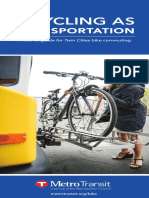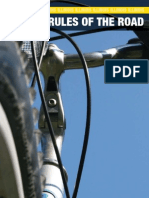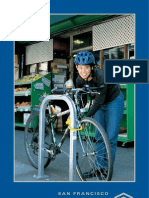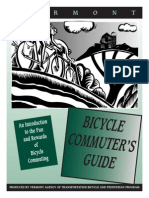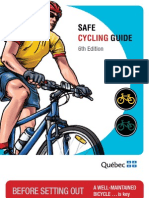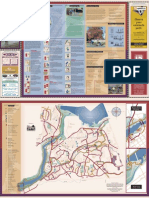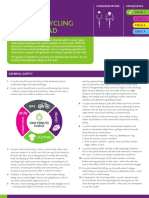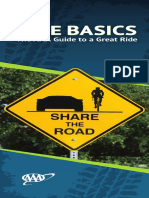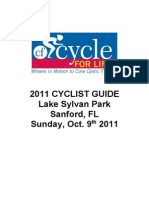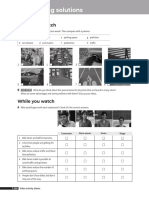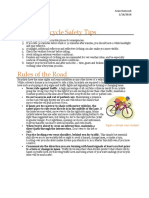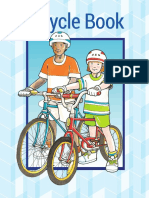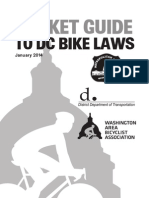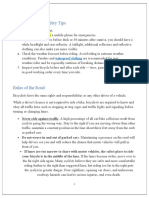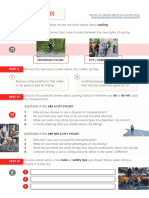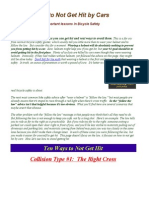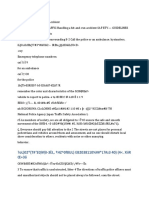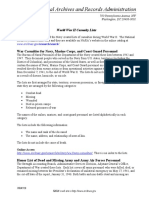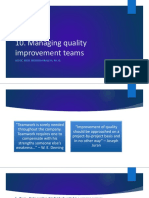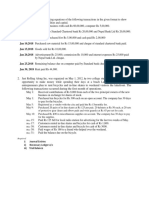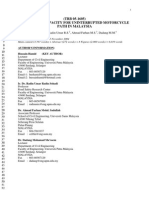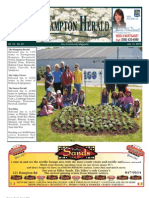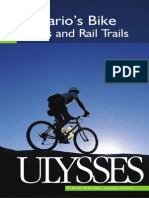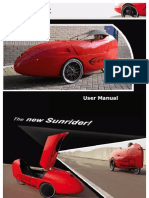0% found this document useful (0 votes)
102 views24 pagesCycling in NYC: The Official Guide To
This document provides an overview and guidelines for cycling in New York City. It contains tips for safe riding such as wearing a helmet, following traffic laws, using lights and signals, and being aware of pedestrians and blind persons. The guide also explains NYC's bike infrastructure including protected bike lanes, bike lanes, shared lanes, and signed routes. It offers directions for navigating streets, making turns, avoiding car doors when passing parked vehicles, and properly locking up bikes.
Uploaded by
Αυτός είμαι εγώCopyright
© © All Rights Reserved
We take content rights seriously. If you suspect this is your content, claim it here.
Available Formats
Download as PDF, TXT or read online on Scribd
0% found this document useful (0 votes)
102 views24 pagesCycling in NYC: The Official Guide To
This document provides an overview and guidelines for cycling in New York City. It contains tips for safe riding such as wearing a helmet, following traffic laws, using lights and signals, and being aware of pedestrians and blind persons. The guide also explains NYC's bike infrastructure including protected bike lanes, bike lanes, shared lanes, and signed routes. It offers directions for navigating streets, making turns, avoiding car doors when passing parked vehicles, and properly locking up bikes.
Uploaded by
Αυτός είμαι εγώCopyright
© © All Rights Reserved
We take content rights seriously. If you suspect this is your content, claim it here.
Available Formats
Download as PDF, TXT or read online on Scribd
/ 24


